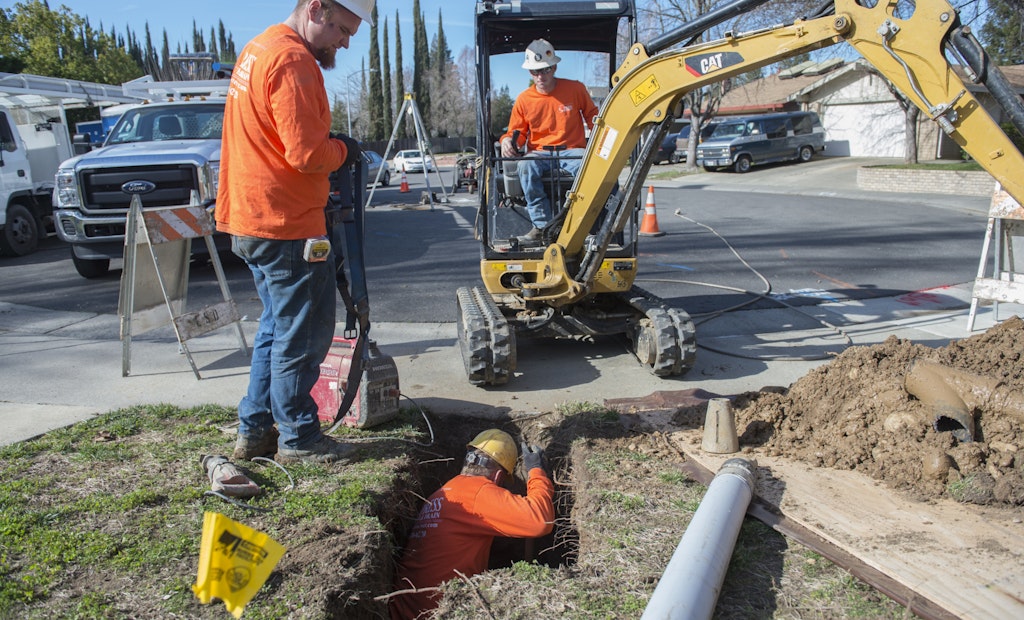Bill Heinselman believes it’s possible for his company to be generating $20 million annually in gross revenue in the near future. That would be a significant increase from where the business, Express Sewer & Drain in Rancho Cordova, California, was only a few years ago.
In 2013,...






